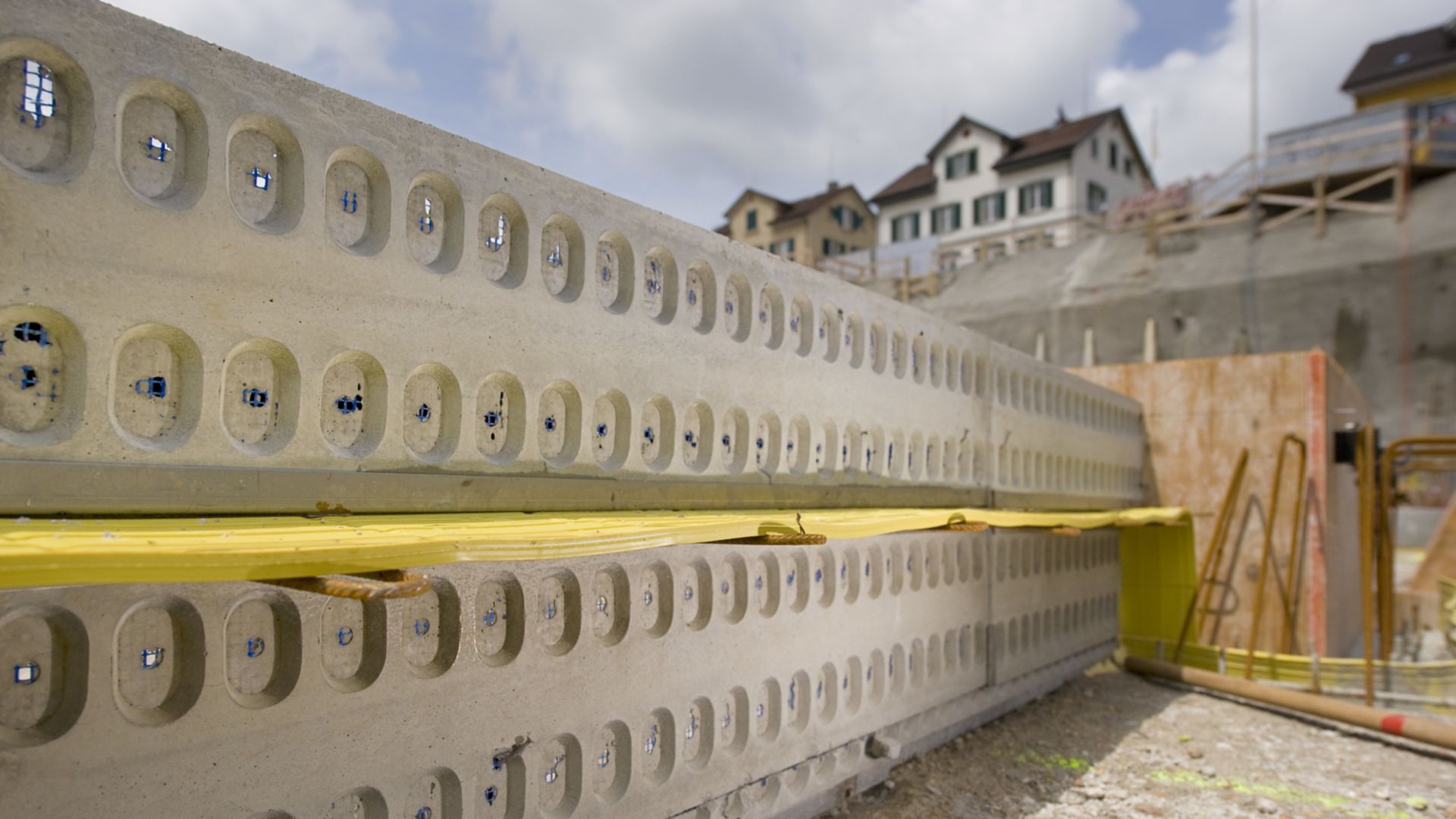Due to the nature of concrete and reinforced concrete, structures are built divided into sections by forming joints, namely three types – construction joints, movement joints and connection joints. The key function of joint sealing is to minimize water ingress and create a secure waterproofing barrier. The seal must be capable of accommodating the anticipated joint opening and closing due to static reasons or temperature changes. Joint sealing solutions are recommended for use in all kinds of construction and joints for waterproofing.
Types of Joint Waterproofing Product Solutions
Typical Types of Joints in Structures
Construction joints are designed to split areas of the structure into separate concrete sections for work scheduling reasons, or as a structural measure to transfer load, for example. The reinforcement in construction joints is therefore continuous through the joint.
Connection joints are flat or indented joints which split the concrete section through its full thickness without a defined joint gap. The reinforcement in connection joints is discontinuous. When the concrete section contracts, joint movement (joint opening) is possible. When it expands, pressure transmission is possible.
Movement or expansion joints split components through their full thickness with a joint gap of defined width. The reinforcement in movement joints is discontinuous. Movement joints allow differential movement due to temperature variations and/ or load or settlement in one or more directions of the areas, sections or structures separated by the joint.
Control joints in walls, for example, are intended for defined crack control by engineered concrete cross-section weakening and formation of a controlled point of cracking through the concrete. This relieves stresses due to temperature and shrinkage, which thereby prevents uncontrolled cracking in the wall. Cracking takes place in the designed and crack-induced position instead.

